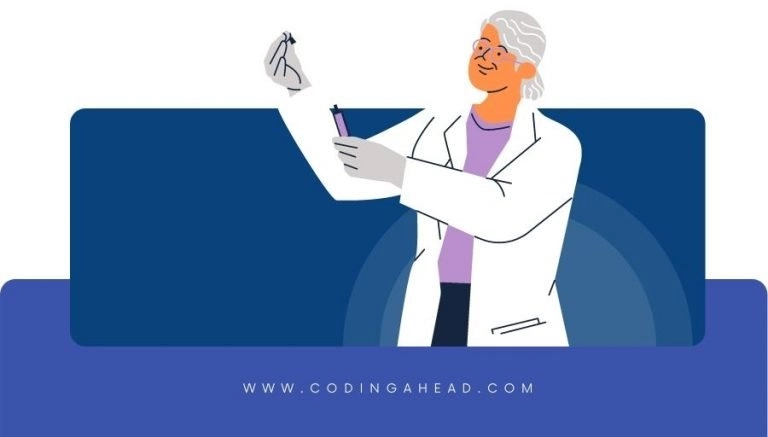How To Use CPT Code 92973
CPT 92973 describes the percutaneous transluminal coronary thrombectomy mechanical procedure, which involves breaking up clots and plaque within the blood vessels to restore blood flow. This article will cover the description, procedure, qualifying circumstances, appropriate usage, documentation requirements, billing guidelines, historical information, similar codes and billing examples.
1. What is CPT Code 92973?
CPT 92973 is a code used to describe the percutaneous transluminal coronary thrombectomy mechanical procedure. This procedure is performed to break up clots and plaque within the blood vessels, allowing for improved blood flow. It is typically performed in conjunction with the treatment of stenosis using other techniques. The code should only be reported when the primary procedure for the treatment of stenosis and coronary angioplasty is also performed.
2. Official Description
The official description of CPT code 92973 is: ‘Percutaneous transluminal coronary thrombectomy mechanical (List separately in addition to code for primary procedure).’ This code should be used in conjunction with other appropriate codes for the primary procedure, such as percutaneous transluminal coronary angioplasty.
3. Procedure
- During the procedure, the healthcare provider makes an incision in the brachial or femoral artery to gain access to the coronary artery.
- A guide wire is then inserted through the incision and advanced to the area of the clot or plaque.
- A double lumen catheter is then inserted into the coronary artery, and either sharp small blades or a high-speed water jet is used to break up the clots or plaque.
- The clots or plaque are then flushed out of the body through the other lumen of the catheter.
- After the thrombectomy, the healthcare provider continues with the treatment of the original site of stenosis using the appropriate technique.
4. Qualifying circumstances
CPT 92973 is performed on patients who have clots or plaque obstructing the flow of blood within their coronary arteries. The procedure is typically performed in conjunction with the treatment of stenosis using other techniques. It is important to note that this code cannot be used to report other thrombectomy procedures.
5. When to use CPT code 92973
CPT code 92973 should be used when the percutaneous transluminal coronary thrombectomy mechanical procedure is performed in addition to the primary procedure for the treatment of stenosis and coronary angioplasty. It should not be reported without an appropriate primary code. It is important to follow the guidelines provided by payers to ensure proper reimbursement.
6. Documentation requirements
To support a claim for CPT 92973, the healthcare provider must document the following information:
- Documentation of the primary procedure for the treatment of stenosis and coronary angioplasty
- Description of the percutaneous transluminal coronary thrombectomy mechanical procedure performed
- Date and time of the procedure
- Details of the incision site and access method used
- Documentation of the use of guide wire, double lumen catheter, and the technique used to break up the clots or plaque
- Documentation of the flushing out of the clots or plaque
- Continuation of the treatment for the original site of stenosis
- Signature of the healthcare provider performing the procedure
7. Billing guidelines
When billing for CPT 92973, it is important to ensure that the procedure is performed in conjunction with the primary procedure for the treatment of stenosis and coronary angioplasty. This code should not be reported without an appropriate primary code. It is also important to follow the guidelines provided by payers to ensure proper reimbursement. It is recommended to review the specific payer’s policies and guidelines for reporting CPT 92973.
8. Historical information
CPT 92973 was added to the Current Procedural Terminology system on January 1, 2002. There was a code change on January 1, 2013, which updated the description of the procedure.
9. Examples
- A healthcare provider performs percutaneous transluminal coronary thrombectomy mechanical in addition to percutaneous transluminal coronary angioplasty for a patient with stenosis in a major coronary artery.
- During a procedure to treat stenosis in a major coronary artery, the healthcare provider also performs percutaneous transluminal coronary thrombectomy mechanical to remove clots obstructing blood flow.
- A patient undergoes percutaneous transluminal coronary angioplasty and percutaneous transluminal coronary thrombectomy mechanical to treat stenosis and remove plaque in a major coronary artery.
- As part of the treatment for stenosis in a major coronary artery, the healthcare provider performs percutaneous transluminal coronary thrombectomy mechanical to break up clots and improve blood flow.
- During a procedure to address stenosis in a major coronary artery, the healthcare provider utilizes percutaneous transluminal coronary thrombectomy mechanical to remove plaque and restore blood flow.
- A patient with stenosis in a major coronary artery undergoes percutaneous transluminal coronary angioplasty and percutaneous transluminal coronary thrombectomy mechanical to improve blood flow and remove clots.
- As part of the treatment for stenosis in a major coronary artery, the healthcare provider performs percutaneous transluminal coronary thrombectomy mechanical to break up clots and restore blood flow.


